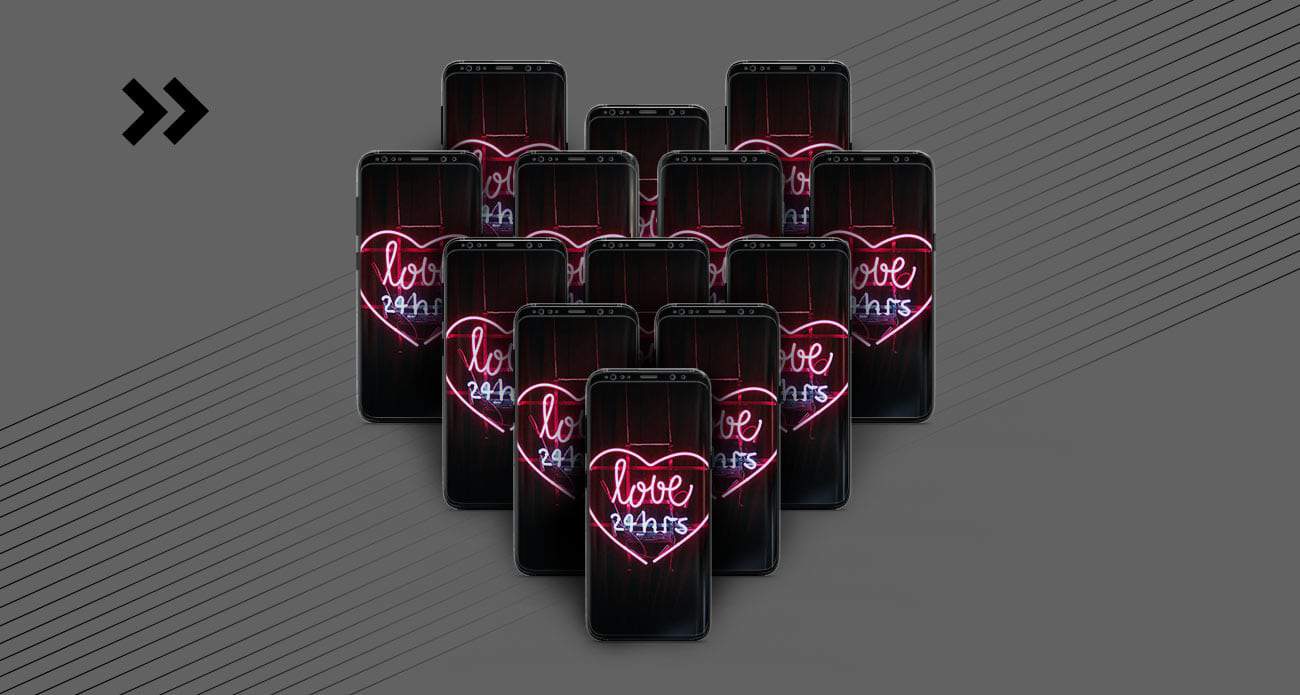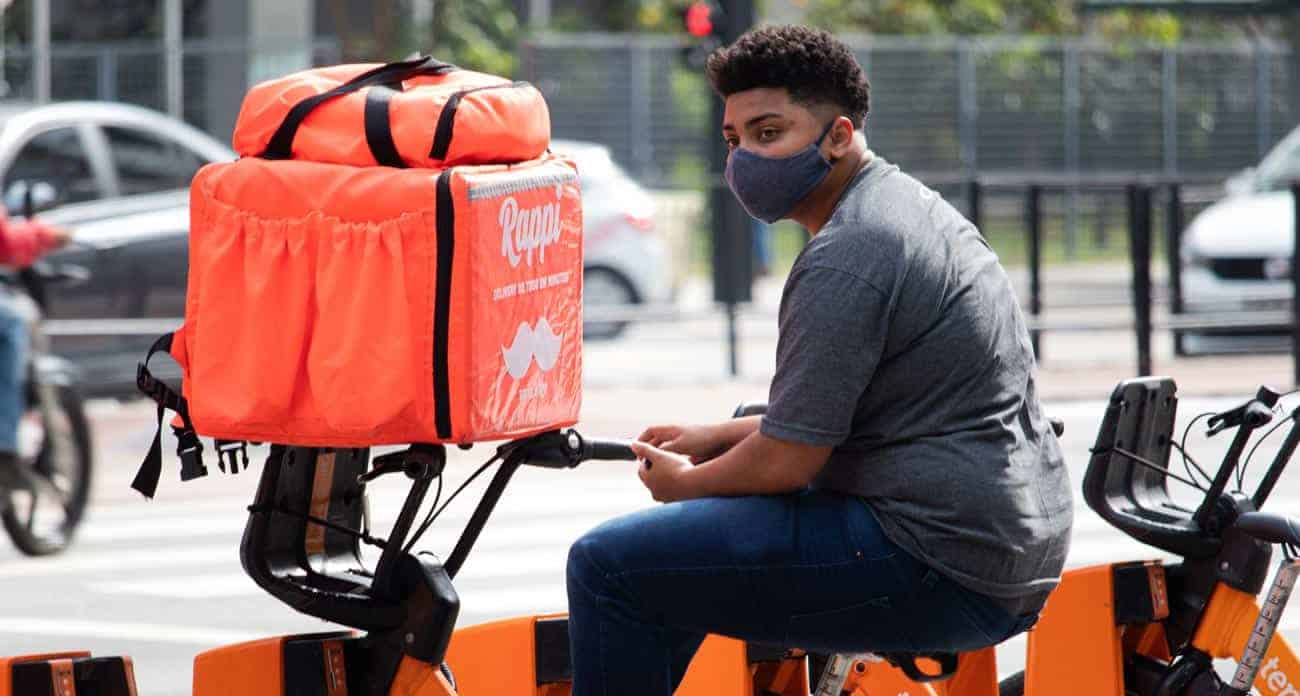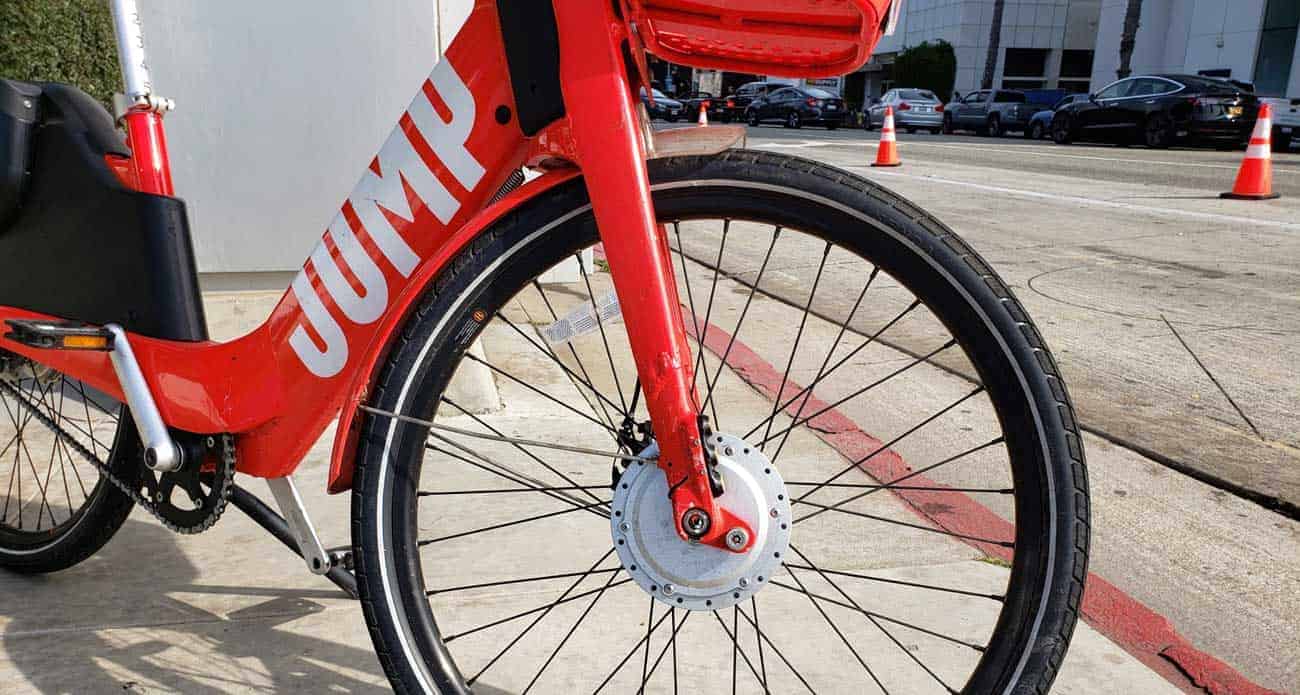Contxto – Are you familiar with the term Nomophobia? It is the fear of being without a or beyond contact with a mobile phone; No-mobile-phone-phobia. It has been lurking around for the past 10 years but only recently has become an official “named phobia”.
It is a world-wide tendency with a big presence in Latin America.
Have you caught yourself on a non-stop scrolling loop? Even when you were already doing something else? Yeah, me too.
For us who can stay at home right now, we definitely need something to keep our minds busy. Whether it is work, leisure, chatting, or simply feeling less lonely with a device’s company. But even when we were not at home, our eyes were still glued to our little screens.
Countries like Brazil, Colombia, Mexico, and Peru could be considered to have a bad case of Nomophobia. I’ll tell you why.
So, am I sick?
Nomophobia sounds like any other condition. PsychiatryAdvisor says how the medical community debates whether to classify Nomophobia as an anxiety disorder, lifestyle disorder or simply an addiction. However, others also say it is a serious condition and should be treated as such.
Some of the symptoms are:
- Feeling a certain anxiety when the phone’s battery is low
- Panic or stress when your phone isn’t nearby
- Avoidance of real life situations
- Disruption of routines and relationships
- Need for constant purposeless checkups
“There is evidence that people are increasingly finding it difficult to separate themselves from their mobile devices. It is a particular problem for people who are heavy users”, says Dr. Kinman—Occupational Health Psychology professor in London.
Given the circumstances, a question arises: Is this simply the price to pay for living in a digitalized world where we expressly connect with people through our phones or are we just exaggerating?
How’s Nomophobia in Latin America?
Luckily for us adicts, digital detox from phones is a thing. Brazil alone is fourth place in terms of internet users globally, behind China, India, and the US.
The Delete Institute, founded in 2013, is the first of its kind to offer free digital detox to mobile phone addicts. Where patients range from students whose grades are being affected, to adults who lost a spouse or even a job.
The goal is to create digital etiquette. Where they allow patients to use phones or internet access in a healthier way, establishing rules of restricting themselves and having group therapies to check on their process.
However, being a heavy technology user is not a synonym of being an addict. “Abusive behavior occurs when the virtual world starts to impinge on the real one, that’s when people lose control. It’s a fine line,” said Eduardo Guedes—Delete’s digital media researcher.
In 2019, Mexico had 82.7 million mobile users. That’s equivalent to seventy-one percent of the population. Each of these users spends approximately 8 hours and 20 minutes connected to the internet daily, mostly on their phones (that’s a whole sleep cycle).
Ninety-two percent of device use goes to smartphones, which stands out more than the rest of the devices, according to a study by the Mexican Internet Association.
Such a high number of users opens the way for what is known as the “phubbing” phenomenon. It consists in ignoring people during social gatherings to just focus on your phone.
Now, while boredom is the main reason people phub, it is also due to “fear of missing out” (FOMO), lack of self-control, and need to keep ourselves constantly entertained. We all love the instant gratification given to us by a funny video with puppies in it, right?
Colombian Sanitas University’s dean, Rolando Salazar considered Nomophobia in Latin America the disease of the twenty-first century. Asomovil—the Colombian Telecommunications Industry Association—conducted a survey that showed that 79 percent of Colombians feel an emotional attachment to their cellphones.
That same survey showed the average Colombian checked their phone every 28 minutes. With, again, the main purpose of just surfing through social media, mainly Whatsapp and Facebook.
Meanwhile, “the use of economic activities such as financial transactions and purchase of goods and services is minimal”, says BBVA Colombia’s speaker, Óscar Cabrera.
For bankers, this was a call to action to get people to use their phone more, not less. So banks have looked for ways to step up their game in a digitized world, just to compete with users’ attention for something more valuable than watching memes.
Cabrera mentioned that in order to achieve a greater impact, they had to work on 5 main fields: “improving the digital environment; improving penetration and educational quality, with greater job formalization; improvements in fiscal and regulatory policies, and advances in infrastructure.”
He also advocates for the government’s responsibility to “implement clear policies […] to extend free Internet access and expand coverage.” See how the incentives are aligned to push us ever more towards our phones?
In Perú, nine out 10 people have a mobile device, and spend around nine hours between apps and social media every day, putting itself ahead of Mexico. The main reasons to use a phone are social media (85 percent) and instant messaging (also 85 percent), showed the latest 2019 report from Internet Media Services.
Many Peruvian universities have done research on the generational impact, since a lot of kids are now “digital natives”.
Studies show how younger students might be affected in their interpersonal relationships, how they see themselves through social media, and how their self-esteem can suffer due to the skewing influence of those little hand held devices. No doubt a lot of other Latin American countries suffer from this too, but maybe they’re not ready to have that conversation yet.
I’m pretty sure it’s not contagious
“You see it everywhere. People with their heads down, more comfortable engaging with a miniature world-in-a-box. And you see it while they’re behind the wheel driving, while working and performing dangerous and focus-intensive tasks.”, said Adam Popescu, a freelance journalist who has written for Bloomberg and the New York Times.
Not everyone has done their research on how phone addiction affects people’s productivity at work in Latam. But a 2017 study from the Nueva Granada Military University, showed that an average employee spends 40 minutes browsing social networks during work time, which is equivalent to 8.33% of his total working day.
The usefulness that people gave to their cell phone during work was the following: 53 percent of employees said they used it to make calls, followed by sending text messages (21 percent) and finally, look at their social networks (11 percent)—according to a 2017 survey by Adecco. So maybe it doesn’t affect as much as we think, for now.
But, not everything is lost, Colombia’s Criar Foundation—a rehabilitation center for any kind of addiction—, offers some tips to help reduce your possible Nomophobia:
- Put away your phone during social gatherings/meetings
- Delete some apps
- Forget your charger once in a while
- Silence notifications
- Avoid taking your phone with you to the restroom
- When waking up, try to check your phone later each day
Your contacts and notifications will still be there. Nothing will happen if you don’t answer right away. In any case, if something is really urgent, everyone’s just one call away. And we know some of you are very busy people who need to be connected 24/7, but even you need to take a break once in a while.
-IvP





